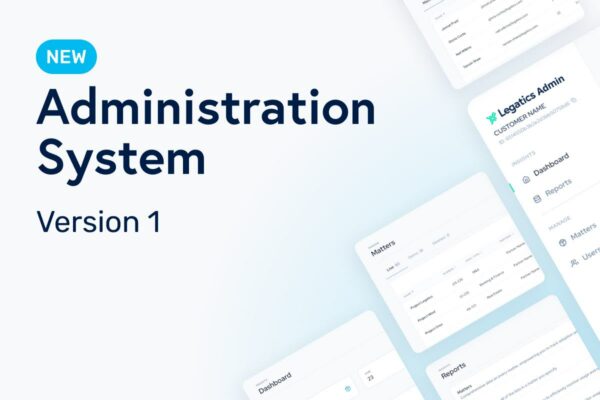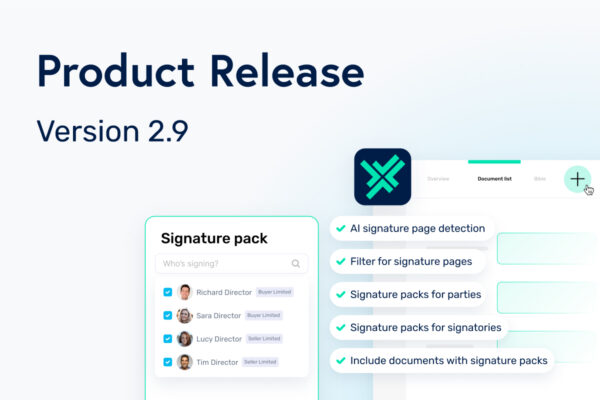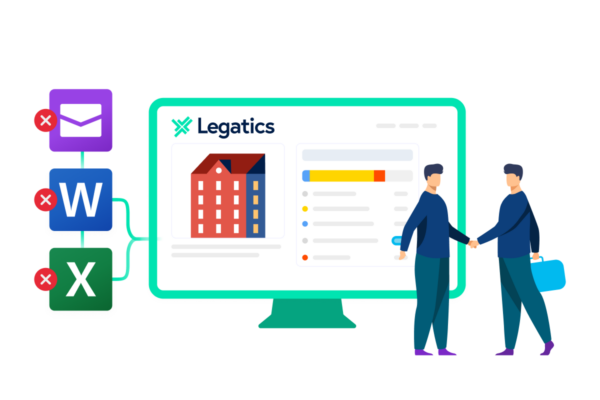As part of the Legatics Empowered Lawyer webinar series, I recently talked to Michelle Mahoney, Executive director of Innovation at King & Wood Mallesons, about one of the uses of data at her firm. Data is at the heart of the initiatives that Michelle oversees at KWM and during the webinar, she outlined some fantastic principles to bear in mind when looking to use data to drive insight and change.
These principles are set out below.
❔Start with a question
Given the vast number of potential sources, often there can be a temptation to start with the collection of data first and then look to draw insight. However, this approach can lead to confused outcomes, unclean data, wasted time and unnecessary data points.
A better approach is to start with a question, define the outcome that you hope to achieve and then assess what data you have available to allow you to pursue that defined outcome. As an example, you might be interested in how office usage has changed as a result of the pandemic and the ideal outcome would be a set of data that lets you assess the frequency, quality and duration of office work. You can then look to your pool of potential data sources to see what might be relevant to prove that outcome – lift usage, floor and seat occupancy, log in locations etc.
This approach ensures that you’re driving insight, rather than being overwhelmed.
? Collect and don’t be afraid to keep it simple
Michelle’s team has a highly developed structure in place for collecting and drawing insight from data, built around a central data “warehouse” that stores data from multiple sources which can then be analysed by data analysis tools like Power BI.
However, if you are in the early stages of looking to improve your use of data, valuable insights can be obtained through simple methods. Michelle is a fan of a survey as a method of gathering a range of data types. A group of lawyers could be surveyed at the beginning of an initiative – like the deployment of a tool, the start of a new activity etc – and told to rate themselves on a number of metrics, which could range from capabilities to predictions for success. At the end of the initiative, the same group of lawyers can be surveyed again in order to judge change over time. The result will give you a small but powerful data set that’s relatively easy to obtain.
? Tell a story and focus it on value
Once you have defined your question, collected your data and started to see trends and find insight, the next thing to do is determine how you will present your findings in order to ensure maximum impact.
There are 2 fundamental aspects to driving significant impact: telling a story with your data and ensuring the focus of that story is on value. Storytelling is a powerful way to present initiatives or results, it provides structure, direction and focuses people in an engaging way on your desired final result. This is particularly true when sharing data points as, on their own, they can be dry. The output can incorporate a large number of quantitative elements, presented in pie charts, scatter graphs, cumulative line graphs etc, but make sure a narrative is built around these deliverables that forms a cohesive story.
Secondly, make sure your story is focused on a defined endpoint that shows value. Value will always drive engagement as it incentivises the attention of your audience, who will be interested to see what personal benefit they can derive.
Usage data from LegalTech solutions provides an example for both principles. Simply presenting a graph showing monthly active users and cumulative increase over time is interesting but might not generate significant interest. Instead, structure usage as a story, beginning with low initial uptake and ending with impressively high figures, and support that narrative with evidence of an increase in client and lawyer satisfaction, together with overall efficiency gains. This provides a much more compelling proposition that will draw more attention.
? Use headlines
While narrative is important, don’t be afraid to initially present findings. Michelle is also an advocate for a “headline” approach: using punchy statements to draw people’s attention, which can then lead to your audience taking an interest in the wider findings. Consider using a startling or unexpected result as the initial hook to increase engagement and then linking to your more detailed exploration.
? Qualitative, not just quantitative
When thinking about data from a Legatics perspective, I’ve always focused on quantitative data – hard numbers focusing on efficiency gains, usage increase and ROI. However, it’s important to also present qualitative data. As Michelle noted during the webinar, “qualitative data has superpowers”.
While quantitative data can present defined actions – when someone has logged in to a tool, the length of a session, a heatmap of usage etc – it isn’t as effective as putting that usage into a human context. Qualitative data can draw out sentiment when taking an action and for lawyers this can be particularly persuasive – hearing that a colleague loves a tool, or had a fantastic experience, is almost always more compelling than simply being presented with raw numbers. For that reason, Michelle always supports her narrative around data with direct qualitative feedback from lawyers, which helps to bring her stories to life.
? Organisations don’t change, people do
Finally, it’s important to always remember your audience when using data to drive change. If it is collected or presented poorly, data can feel alienating and invasive.
Michelle uses three key approaches to protect individuals and prevent alienation.
- Never focus on the individual in results – you are not interested in “Dan Grant Smith” you are interested in what type of activities people like Dan Grant Smith might represent. Data is therefore reported communally, not on an individual level.
- Data where possible is collected anonymously – don’t force people to label their answers with their names.
- Controls and measures are in place in the central data warehouse to ensure that individual data points cannot be shared – this reinforces the principles in 1 and 2 above.
The principles above should provide excellent guidance for anyone looking to increase and improve the use of data within their organisation. If you’re interested in finding out more a recording of the webinar is available here










